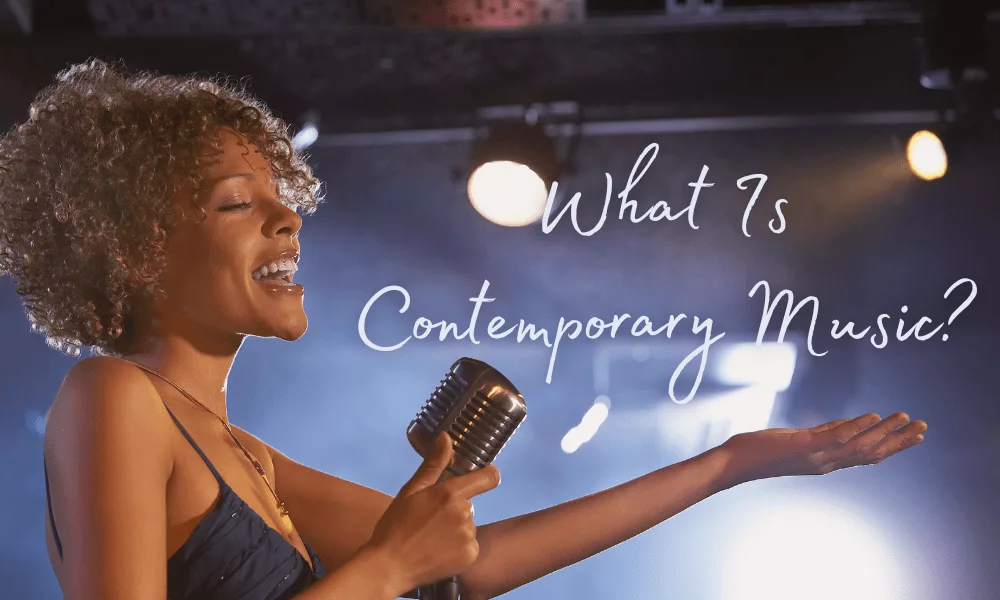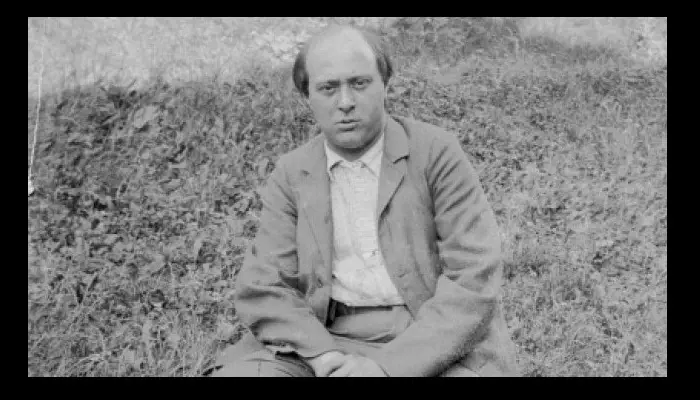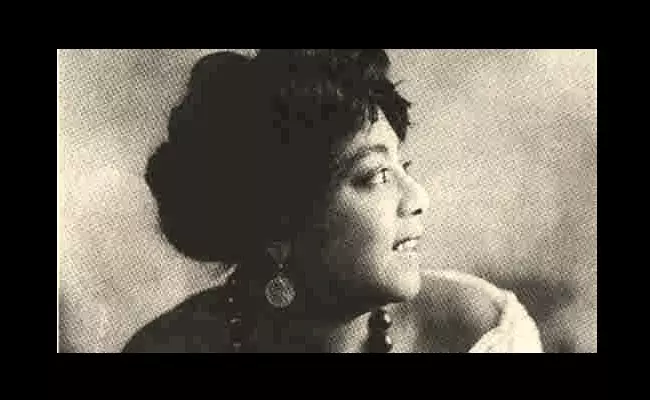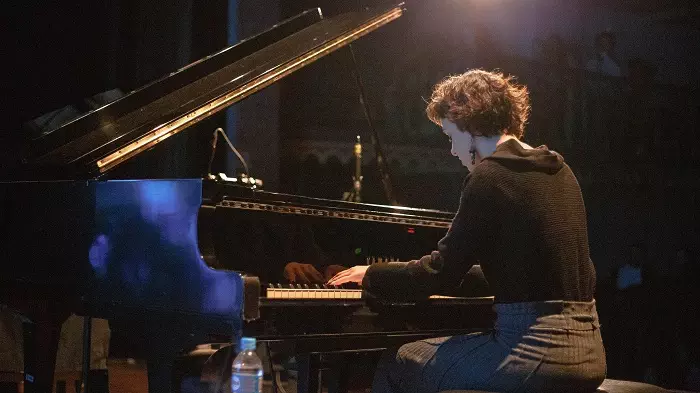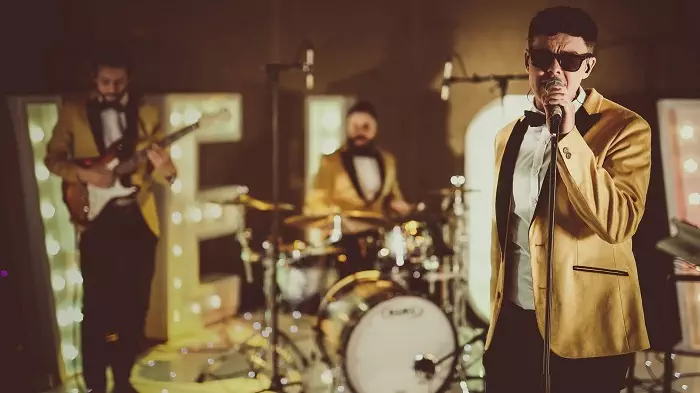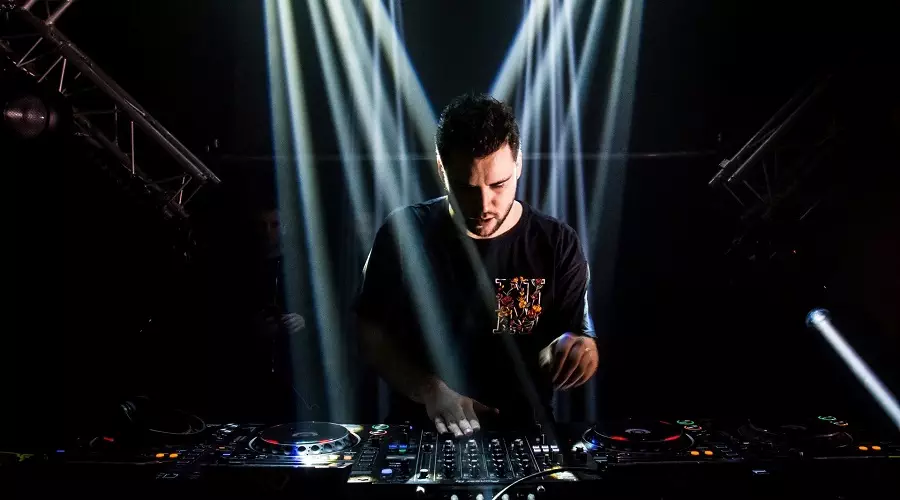If you’re a music major or simply love dabbling in the history of music, you’ve surely heard of Contemporary music. It’s both the largest and the smallest genre in the world, subsequently timeless and ephemeral.
Contemporary music is an extremely broad musical term. It can mean a variety of things to a variety of people.
In this article, we shed some light on arguably the most popular musical genre today. What is Contemporary music, and what relevance does it have in today’s music?
What Is Contemporary Music?
Contemporary music is a musical term that defines a wide range of compositions that adopt ideas and elements from modern music.
Simply, it’s whatever music is written at present time, whether rhythmically, harmonically, or texturally.
As it’s constantly evolving, Contemporary music doesn’t follow certain “rules” or attributes. It’s comprised of varying genres rather than styles.
History of Contemporary Music
The vast history of Contemporary music follows the modern music of the early 1900s to the present time. As we speak, present-day Contemporary music is still being written. After all, it’s directly influenced by the eras that preceded it.
1900s to 1910s
At the beginning of the 1900s, the most popular musical genres include Ragtime music, Country Blues, and Anglo-American Folk music. Most of the mentioned genres followed the classical style of the previous decade.
Some of the biggest artists and composers during this time period were Scott Joplin, who wrote timeless pieces such as “The Entertainer” and “Maple Leaf Rag,” as well as Arnold Schoenberg, who birthed new musical methods of atonality.
Urban Blues, later known as R&B music, was introduced in the 1910s. By integrating Blues into Ragtime music, African-American composer William Cristopher Handy changed the course of Contemporary music.
Today, Handy is referred to as the “Father of the Blues” and is considered to be among the most influential songwriters in the US.
It was around the same time that composers mashed aspects of Blues and Ragtime to form a completely new genre of music: Jazz.
Joseph Nathan “King” Oliver played a major role in popularizing Jazz outside of New Orleans. He was likewise recognized for his pioneering use of mutes in Jazz, as well as his unique playing style.
His compositions “Dippermouth Blues,” “Canal Street Blues,” and “Doctor Jazz” are still played to this day.
Prior to the radio, music could only be shared through live performances, piano rolls, and sheet music. Therefore, the majority of 1910s Contemporary music was passed on through word of mouth rather than mainstream media.
1920s
The 1920s birthed several other notable contemporary genres: Black church music, Boogie-Woogie, Jug bands, and Swing Jazz. All of these genres originated from the culture, heritage, and creative works of African-Americans.
Despite the creation of new genres, Jazz and Blues are still as popular as ever. The upbeat sounds and syncopated rhythms of Jazz became popular in 1920s radio, with some of the most well-known artists being Louis Armstrong and Duke Wellington.
Mamie Smith was another notable musical figure during the 1920s time period, particularly in the Blues genre. She was the first artist to have recorded a Blues vocal.
The song was titled “Crazy Blues.” Within just a month of release, it had sold over 75,000 copies.
Upon witnessing the success of “Crazy Blues,” major record companies began producing records with African-American singers and composers.
In the late 1920s, Boogie-Woogie was popularized. Compared to traditional Blues, where a variety of emotions are expressed, Boogie-Woogie is playful and fun in nature. As it’s mostly associated with social dances, Boogie-Woogie is a style of Blues with a strong, fast piano beat.
1930s
The Contemporary music of the 1930s was shaped by two major occurrences: the Great Depression and the beginnings of Old Hollywood. During that period, prominent music trends included Gospel music, Jump music, and multiple subgenres of Jazz, namely Swing and Big Band.
1920s pop culture was mainly influenced by musical films, offering a brief reprieve from the suffocating reality of the Great Depression. Broadway creators adapted the big stage for a wider audience on the silver screen, opening the doors to the glamorous world of Hollywood.
Big Band, Swing, and Jump music dominated the music scene, showcasing upbeat song and dance numbers in front of a contemporary yet elegant background.
Some of the most popular artists of the 1930s included Ella “Queen of Jazz” Fitzgerald, who was known for her impressive vocal range, and Irving Berlin, who was, and still is, one of the greatest songwriters in American history.
Other notable figures included Richard Rodgers, Cole Porter, Ira Gershwin, and Oscar Hammerstein II.
1940s
Radio had become a mass medium in the 1940s, with up to 80% of American households owning at least one radio in their homes.
The 1940s was a period marked by fear and economic difficulties. Hitler invaded Poland, which subsequently triggered World War II. In an effort to preserve peace and save the nation, Hollywood stars, musicians, and even radio personalities enlisted in the war effort.
Although the era was dominated by World War II, Hollywood didn’t cease its production, several of which were about the war and the political conflict of the time. The majority of the songs produced captured the sheer desperation and helplessness of the war.
Bluegrass music and West Coast Blues were the main two genres of the 1940s. Artists that defined the era included Count Basie, Rosemary Clooney, and Artie Shaw, all of whom created their own unique brand of entertaining crowds through music.
The invention of Les Paul’s solid body electric guitar in 1941 also influenced the styles of that era.
1950s
The 1950s changed the face of Contemporary music for decades to come. Rock ‘n’ Roll, as well as Rhythm & Blues (R&B), and traditional Pop spread like wildfire.
All three genres not only included different aspects of society and culture but also became a strong foundation of countless other subgenres of contemporary music.
Elvis Presley is arguably the most notable figure in 1950s Rock ‘n’ Roll.
Following the devastating effects of World War II, he was everything America needed: he could sing, he could move, he was good-looking, and, of course, he brought hope and enjoyment throughout all American cultures.
Groups like The Beatles crossed the gap between Rock ‘n’ Roll and Pop, often overlapping the two genres in their songs. The Rolling Stones likewise made an impact in the music scene when they merged Classic Blues with the rough sound of Rock ‘n’ Roll.
1960s
In the 1960s, several genres emerged that further popularized 1950s Rock ‘n’ Roll and Pop. This includes Rock, Soul, Folk, Protest, British Beat, British Blues, Blue Beat, and Ska.
Compared to the previous decade, Contemporary music of the 1960s was far more complex. Artists used unconventional instruments in their music, as well as experimental studio techniques and personal and inventive lyrics.
This development turned music from a mere form of entertainment to a more “serious” relationship with music.
1970s to 1980s
Disco and Dance music emerged in the early 1970s, and by the end of the decade, it was, quite literally, everywhere. Along with Pop and Rock, Dance and Disco music are constantly played on radio stations, and in clubs, restaurants, and most other establishments.
1970s Rock fans were annoyed and even despised the age of Disco, with many claiming that Disco music was a “disease.”
It was everything Rock wasn’t; Disco music had no real stars, visible musicians, or live performances. It was music wholly based on entertainment with no particular aesthetic purpose.
Disco music fans disagree. The genre, while indeed created for entertainment, had a deeper purpose. It was a response to the negativity that had taken over the American culture and psyche.
Rock music reflected the turmoil of the era, from the Vietnam war to the country’s overall bad recession. This wasn’t a problem in and of itself; quite the opposite, actually, as it opened discussions of poverty, war, racism, and the like.
However, people truly needed reprieve from the backdrop of societal depression, something to lift them up. Disco music did just that.
1990s
Contemporary music took a significant turn in the 1990s and 2000s. The surge of musical genres was almost too difficult to keep up with. Hundreds of musical genres emerged, most of which were subgenres of existing Contemporary music.
Artists experimented with styles of Jazz, Funk, and Soul, resulting in a fusion of genres such as Rap, Neo-Soul, Hip-Hop, Techno, and several subgenres of Pop like Pop-Rock and Pop-Punk.
There was also a plethora of one-hit wonders that were popular for several years before dying out.
2000s
With the exception of electronic subgenres like UK Funk and Liquid Funk, as well as a few Indie-related genres like Emo, the 2000s didn’t experience a significant change in the Contemporary music genre.
Nevertheless, several musical elements emerged in the era, such as the mainstream use of auto-tune, electronic equipment, and synthesizers.
Likewise, the 2000s also witnessed the rise of the Internet, video-sharing websites, and media player programs. These platforms allowed consumers and budding artists to easily access vast libraries of Contemporary music with a mere click of a button.
The era’s numerous technological advancements propelled the mainstream popularity of the genres we know and love today: Pop, Hip-Hop, Punk, Rock, Electronic Dance Music (EDM), and others.
Present Day
As we’ve hopped from one decade to the other, it’s easy to see how much Contemporary music has changed. Indeed, Contemporary music a century ago is completely different from the vast musical realm we’re used to today.
Presently, we’re bestowed with countless genres, sub-genres, and styles, from Contemporary Jazz to Pop.
Despite the rapidly evolving era of Contemporary music, it’s important to note that the relevance of great music and musicians will never be forgotten. The timeless and nostalgic quality of the previous generation’s Contemporary music is simply irreplaceable.
If anything, that’s the true beauty of Contemporary music. It makes us compare, appreciate, and revisit the past. It also helps us improve musical genres to fit today’s mainstream taste.
Traditional vs. Contemporary music: What’s the Difference?
Contemporary music is constantly evolving. As it happens in the present time, it’s easy to mistake Modern and Contemporary music as one and the same. They are, after all, considered synonyms.
But for music aficionados, Modern and Contemporary music refers to two distinct musical styles.
Modern music refers to a particular style of composition, primarily those that belong to the post-Romantic era to the turn of the 20th century – roughly between 1910 and 1975. It’s based on the philosophical and aesthetic values of Modernism.
According to modernists, Modern music is composed of three main characteristics:
- the expansion of tonality.
- the incorporation of novel sounds.
- the use of extended techniques in composition.
Some of the main techniques, styles, and movements of Modern music include Futurism, Primitivism, Microtonalism, Neoclassicism, Minimalism, and countless others.
Contemporary music isn’t as complicated. Simply, it’s music created in the present time. Therefore, Contemporary music can be Modern in style as long as the song is written in the current decade.
The exact moment in which Modernism ended and Contemporary began is still up to debate. Regardless, the difference between the two is undeniable. Modern music refers to an era that has passed, while Contemporary is about the now and possibly near-future of music.
What Are the Characteristics of Contemporary Music?
In and of itself, Contemporary music doesn’t follow a set of hand-written rules. Rules trap Contemporary music in a four-cornered box, defeating its versatile nature.
However, there are a certain set of characteristics found in most of today’s Contemporary music. These are as follows:
- Dissonant harmonies.
- Electronically created and synthetic sounds.
- Uncommon and/or complex rhythms.
- Increased use of percussion and brass instruments.
Contemporary music’s overall complexity separates it from most of the Classical and indigenous genres of the past several decades.
While it’s entirely possible to draw musical characteristics from either of the mentioned genres, today’s Contemporary music is more than a dozen steps ahead in terms of complexity and rhythm.
